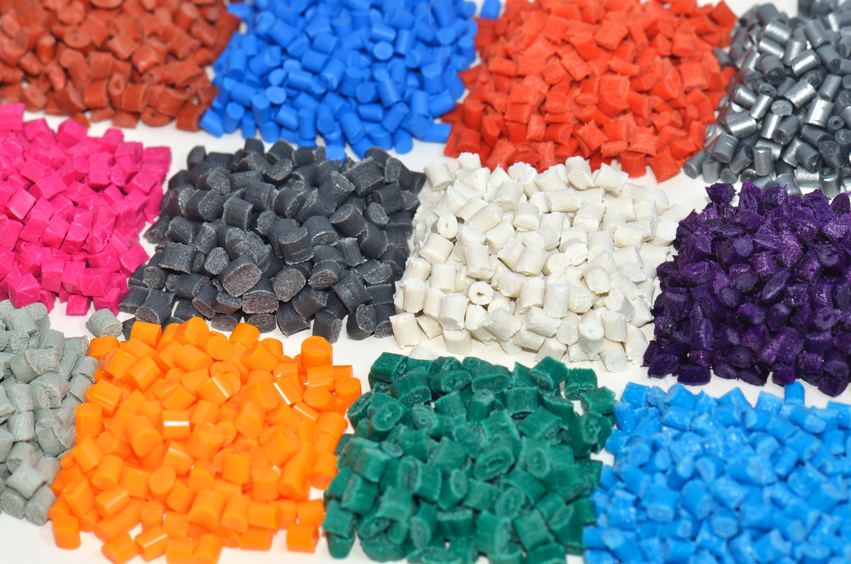
Certain additives must be added to plastics and synthetic rubbers to produce desired properties in end application compounds. Filler systems, binders and chemical additives have many different applications in compounding. These applications range from improving material strength to altering aesthetic properties.
Lubricants are one necessary additive for compound production, that improve compound flow and release. In early rubber technology development, compounds such as stearic acid and zinc stearate acted as lubricants. Today, polyethylene and polypropylene waxes are preferred because of their low molecular weight. This quality allows grains to be easily dispersed in natural and synthetic rubbers.
Binders are another type of additive. The function of a binder is to hold materials together. Amorphous polyolefin (APO) and Atactic Polypropylene (APP) are common binders for plastic masterbatches. They are also used as a base polymer for hot melt adhesives and as an extender in sealants. APO and APP are typically part of manufacturing formulations in the automotive, footwear, construction, energy and cable industries.
Another additive that is typically overlooked and underappreciated in plastic and rubber compounds are the filler systems. Quartz sand functional fillers are used to help cut costs, strengthen the elastomer, add specific properties and increase abrasion resistance. Using functional filler systems adds value by allowing the manufacturer to optimize the fill ratio while adding value to the compound.
BassTech also supplies specialty pigments (e.g. anti-corrosive pigments) and fire suppressants additives for plastics manufacturers. Compounded plastics have many uses in consumer products such as appliances, electronics, recreational equipment, furniture and packaging.
Speak with an Expert
Are you interested in additives for compound production? BassTech is a strategic supplier of APP, quartz sand functional fillers and anti-corrosive pigments. To learn more about our products, contact one of our experts.
